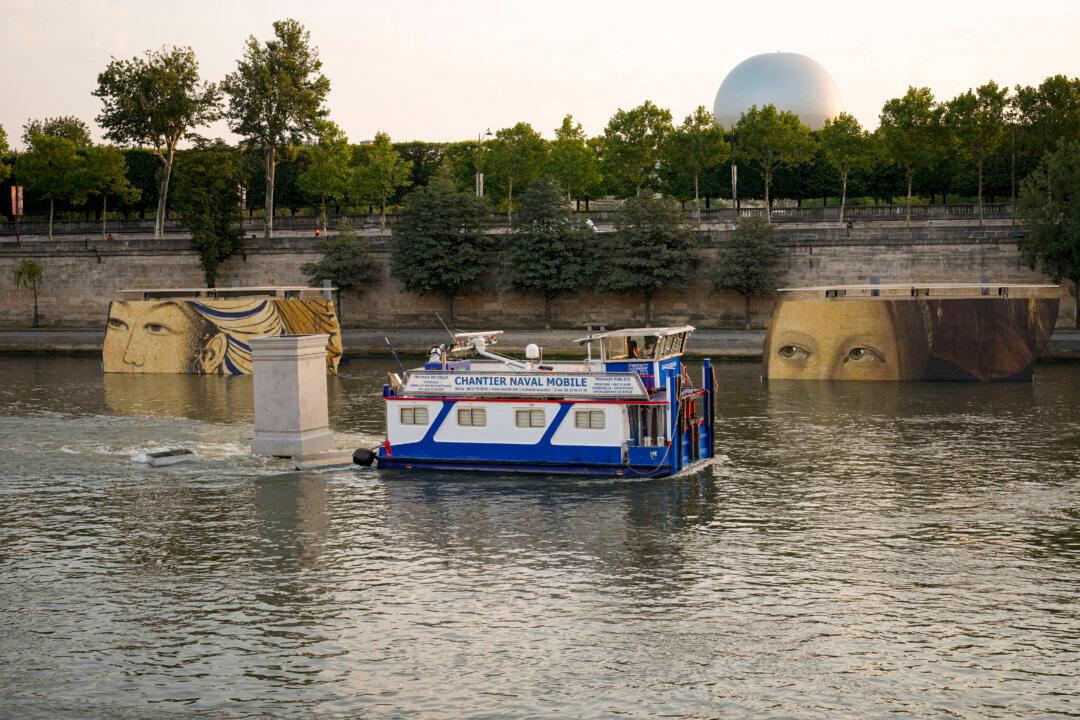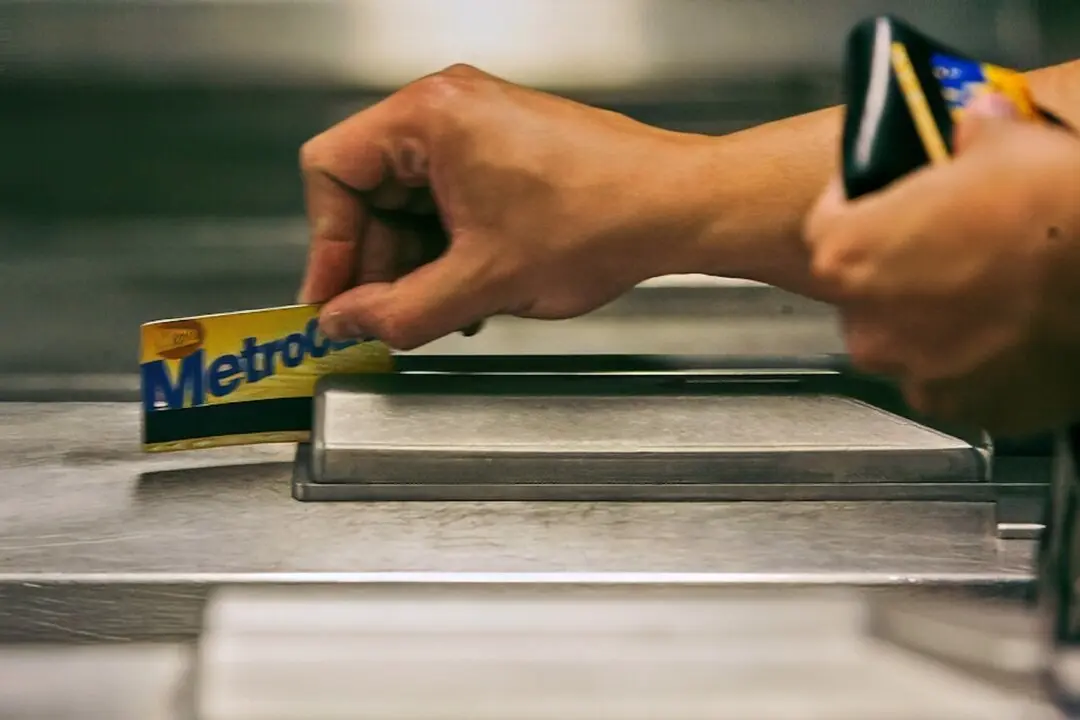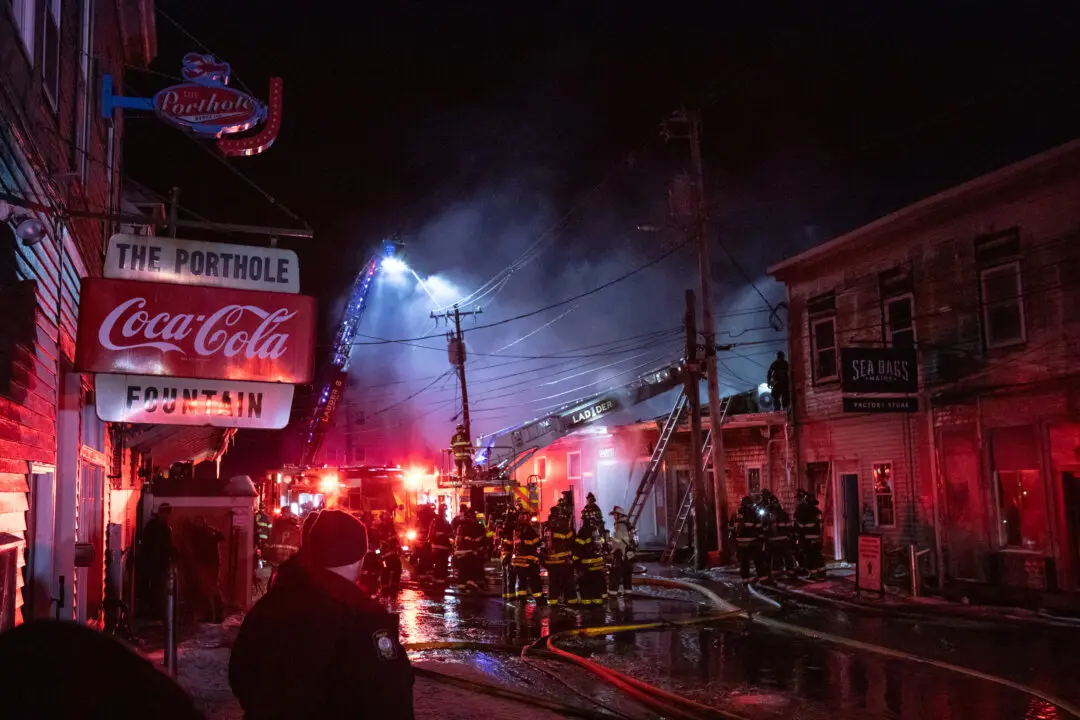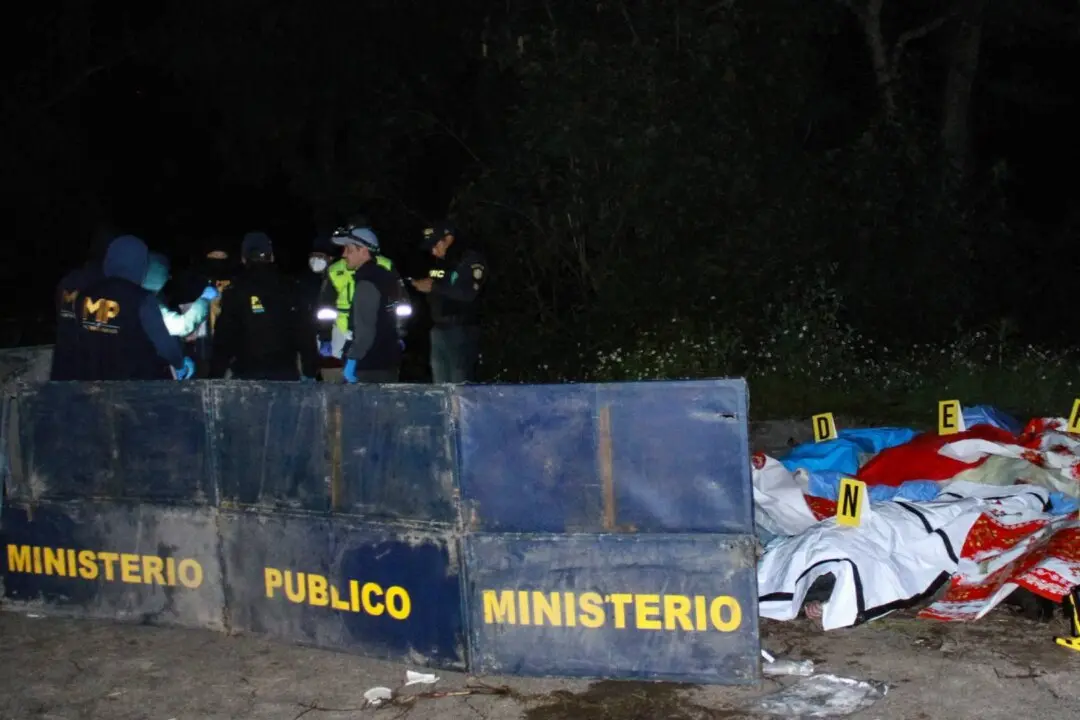PARIS—The biggest opponent to the swim portion of the triathlon held in the Seine River: E. coli.
Bacteria levels in the famed waterway have left organizers of the Paris Games scrambling toward backup plans and even tweaks to the competition in order to make sure they can stage the races. The risky levels of E. coli have already led to swim training to be canceled and on Tuesday the men’s competition being pushed back.





